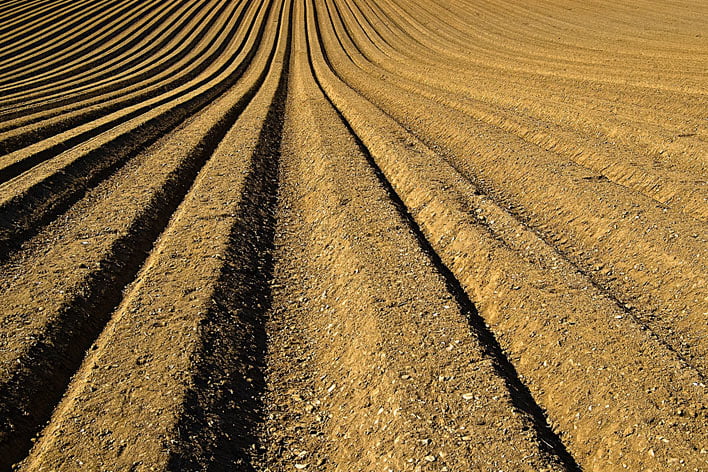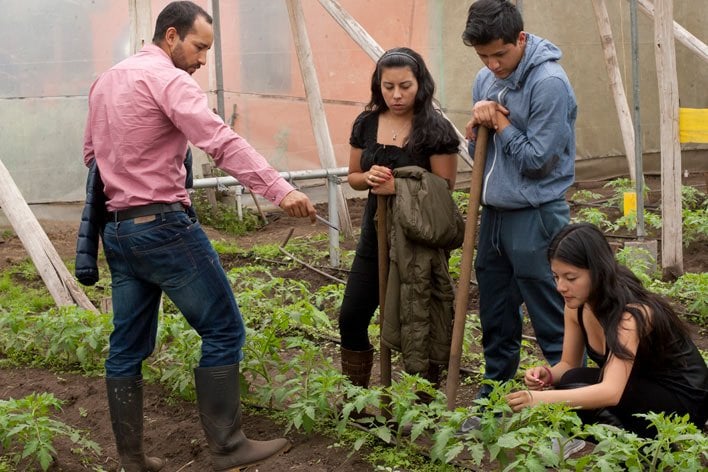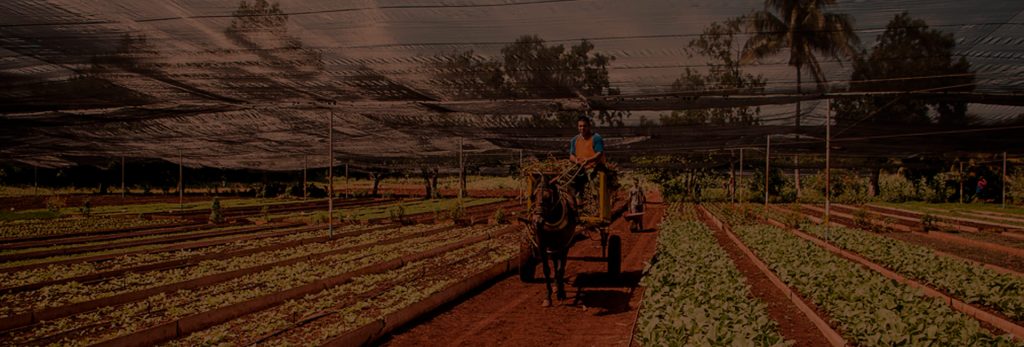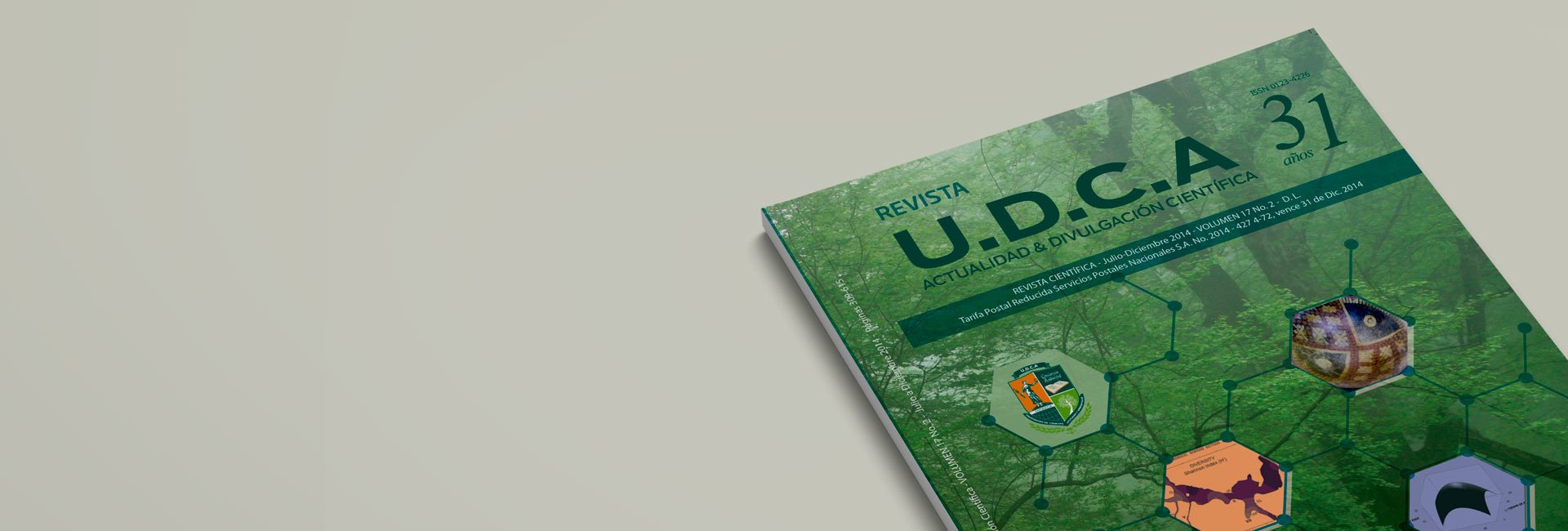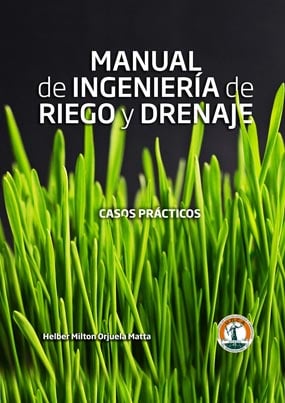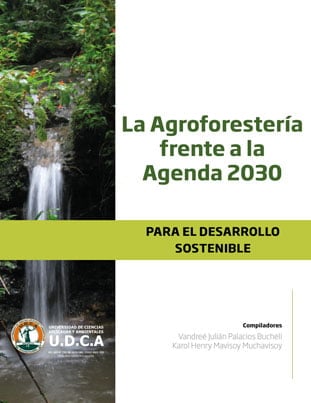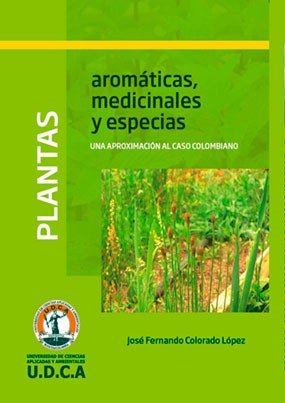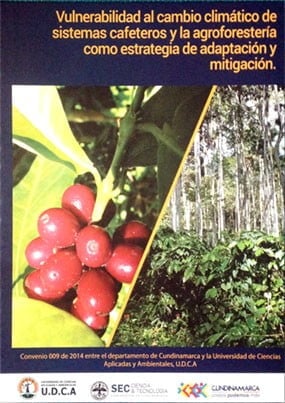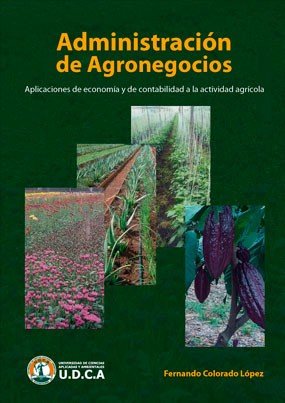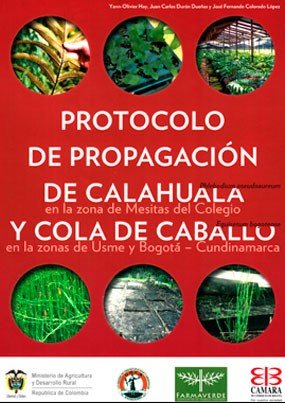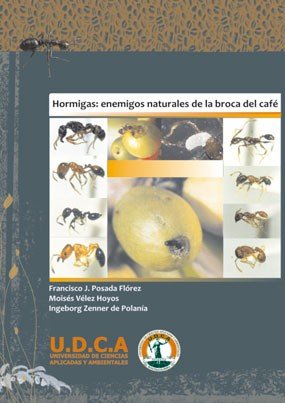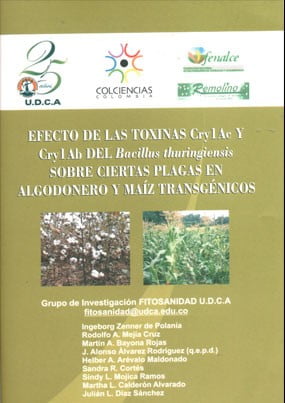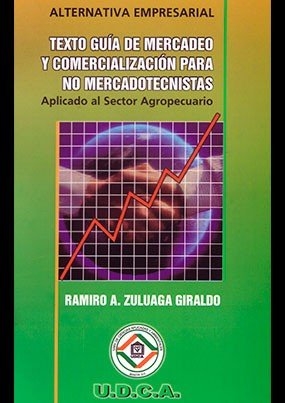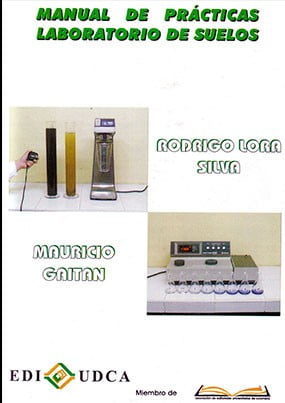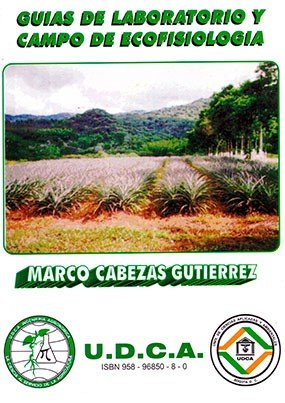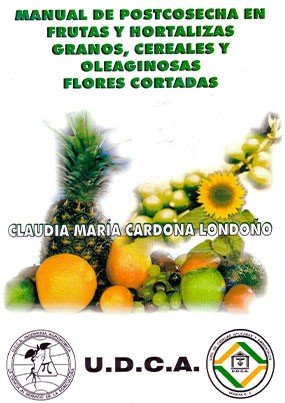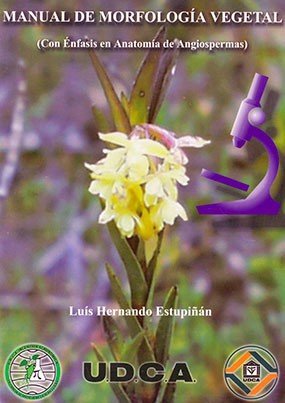
Degree obtained: Agricultural Engineer
Level of training: University Professional
Duration: 10 semesters
Mode: Presential
SNIES Code: 21481
Qualified Registration: Resolution 09248 of June 7, 2018, granted by MINEDUCATION.
High Quality Accredited Program: Resolution 4595 of March 21, 2018 (6 years), granted by MINEDUCATION.
Total Credits: 175
Number of Credits I Semester: 15
Credit value Year 2024: $ 448.000
Tuition Fee I Semester Year 2024: $ 6.720.000 *
Academic Space: Calle 222 # 55 – 37
Contact: Diana Lorena Marentes Barrantes
Phone: (60 1) 6684700, extension: 166 – 119
E-mail: [email protected]
*The tuition fee from the second academic semester onwards will depend on the number of academic credits enrolled by the student.
We are a University with High Quality Institutional Accreditation: Resolution 017390 of December 27, 2019 (for 4 years), granted by MINEDUCATION.
¡STUDY AGRICULTURAL ENGINEERING AT U.D.C.A.!
Become a technically competitive professional in Agronomic Engineering, with solid ethical training, humanistic awareness, committed to promoting change towards sustainable agriculture and with disciplined habits for self-study, ongoing research and technology transfer, in the national and international field, transform your environment and contribute to building a better future. You will have access to our laboratories, productive unit “El Remanso” and to our national and international agreements for internships, semesters abroad and research projects.
Mission
The Agronomy Engineering program seeks to train an integral professional, technically competitive, with solid ethical formation, humanistic conscience, committed to the promotion of change towards sustainable agriculture and with disciplined habits for self-study, permanent research and technology transfer, in the national and international field, as a way to achieve excellence. This professional will be able to manage and direct a competitive agricultural business, with a rational exploitation of natural resources.
Vision
The Agronomy Engineering program of the U.D.C.A. will be consolidated as one of the best of its kind in the tropical zone, by training professionals with technical management skills to promote competitive and equitable agricultural production processes. It will be recognized for its leadership in promoting the equitable development of rural communities, by generating and transferring technology to solve the needs of the historical moment and the future of the country, with high quality criteria.
Graduate profile
The professional graduated from the Agronomy Engineering Program of the U. D. C. C. A., is trained with the ability to formulate feasibility studies and implement projects in the agricultural sector. A., is trained with the ability to formulate feasibility studies and implement projects in the agricultural sector, in addition to assessing the sustainable management of production in terms of soil and other natural resources. They are also capable of designing strategies for phytoprotection, irrigation and drainage systems articulated in the management of technology in order to develop sustainable production systems articulated with agrifood chains. Implements plant improvement programs in species of interest, and integrates knowledge for the sustainable management of resources for agricultural production.

OUR RESEARCH GROUPS IN AGRICULTURAL ENGINEERING
OUR MAGAZINES AND PUBLICATIONS OF AGRICULTURAL ENGINEERING
Manual of Irrigation and Drainage Engineering. Case Studies
The objective of this publication is to offer a series of theoretical concepts, together with the presentation of cases with practical applications, for the definition of parameters and criteria related to the design of irrigation and drainage systems, articulated in a series of considerations and probable effects. The practical observations and analyses presented in this text cover an integral vision for the sustainable management of water and soil resources for agricultural use, starting with the presentation of concepts related to the water-soil-plant-atmosphere relationship.
Agroforestry and the 2030 Agenda. For Sustainable Development
The International Agroforestry Seminar is one of the most important national conferences on agroforestry research, of international character and is held in Colombia every two years. Its sixth version was held in Bogota, D.C., Colombia, under the coordination of the University of Applied Sciences of Colombia. – Colombia, under the coordination of the Universidad de Ciencias Aplicadas y Ambientales U.D.C.A., through the research group on Sustainable Agricultural Production, with the support of the Red Agroforestal de Universidades de Colombia RAUC. The scientific contributions of the Seminar were compiled in this book, where summaries of various studies are presented, which will help find answers to research and development questions related to the topic addressed in the VI International Seminar on
Agroforestry.
Aromatic, medicinal and spice plants: a Colombian case approach
This publication is the result of several years of research, of the efforts of an incredible team, of scientific rigor applied to agronomy, and it is different from the hundreds of publications that exist on the net, in bookstores, libraries, researchers’ offices and governmental entities, because it is intended for you, my reader friends, producers, students, grandmothers. It is written in a friendly language, without technicalities, easy to understand. It offers a variety of information on the different actors in the production chain of medicinal plants in Colombia, seeking to give the reader a good idea of the medicinal, aromatic and spice plants sector. Each of the chapters offers information on a particular topic, but always framed in this economic, traditional and ancestral sector.
Climate change vulnerability of coffee systems and agroforestry as an adaptation and mitigation strategy.
This text is the result of the University – State relationship that, under the Agreement 009 of 2014, signed between the Department of Cundinamarca and the U.D.C. A and approved by the Collegiate Body of Administration and Decision -OCAD- of the Science, Technology and Innovation Fund of the General System of Royalties, it was possible to develop research and social appropriation processes, which contributed to the sustainable development of the study area: Cundinamarca and its municipalities Pacho, San Juan de Rioseco and Tibacuy and allowed estimating its vulnerability to climate change of coffee systems, proposing, as a measure, the adoption of agroforestry systems. It had the participation of the CAR of Cundinamarca and the Corporación Latinoamericana Misión Rural.
Step-by-step research - Second edition
Today, after 11 years of practice of the mentioned work and under the title Investigación paso a paso, the author updates, incorporates new chapters and revises concepts, all this, product and consequence of her research tasks and practices and of the logical evaluation of this task, in our University. It is also pertinent to point out that the text refers to and merges the new requirements issued by COLCIENCIAS – Publindex, in the sense of approaching, correctly, a research project, either by research groups, young researchers and seedlings, with the logic that leads to its successful execution, to a possible co-financing by State entities or private collaboration and to its future dissemination, at national or international level.
Basil, arugula and thyme. Visual symptoms due to deficiencies of nutritional elements
The objective of this publication is to provide a diagnostic tool to the grower of herbs and, in particular, basil, arugula and thyme, which allows him to identify – in the field – the symptoms associated with nutritional deficiencies of the main nutrients.
Agribusiness Management. Applications of economics and accounting to agricultural activity.
This text offers necessary and pertinent information for the agronomist to start with the administrative processes in an agricultural enterprise and to complement both the technical experience and the aspects related to the management of resources. The document is not a book on economics or accounting; the title suggests its content and purpose: to know and apply economic and accounting aspects in the agricultural enterprise, which will allow making decisions with greater criteria and knowledge. The book can also be read as a manual of procedures in the management of production resources, since its chapters deal with day-to-day issues of the agricultural enterprise. The document consists of three parts: Concepts of what an agricultural enterprise is; Elements of microeconomics and Agricultural accounting. As another source of information for business management, the book can be consulted at any stage of the production process or operation of the company. Likewise, professionals in the agricultural sector, such as animal husbandry specialists, veterinarians, agricultural administrators, technicians and technologists and, of course, agricultural engineers, will be able to apply the contents of the book, using the technical language of their discipline.
Natural enemies of the coffee berry borer: with emphasis on entomopathogenic fungi.
This book documents in detail the development of research, the use of natural enemies and the progress of biological control with entomopathogenic fungi for the management of CBB in Colombia. It gives credit to the first recognitions of natural enemies oriented to inventory and establish them as mortality factors, indicates the search for methods and the way in which production was scaled up, presents the results of evaluations to measure their control potential, demonstrates new ecological relationships and illustrates the promising possibilities applying biotechnology and molecular techniques to improve their potential. The book demonstrates that there are options for insect pest control using biological inputs. These provide opportunities to be production alternatives for cooperatives or producers based in the agricultural production area. To the extent that the production of inputs is local, local economies are supported. Imports to agricultural areas usually have disadvantages in terms of quality, they become more expensive, increasing production costs and there is no support from producers to guarantee their efficiency in the application. This is a development project that can only be understood by those who seek and participate in creating sustainable production systems.
Calahuala and Horsetail Adaptation Protocol
Text result of research of the Project of Adaptation and Propagation of Calahuala (Phlebodium pseudoaureum) in the area of Mesitas de Colegio and Cola de Caballo (Equisetum bogotense) in the area of Usme and Bogotá – Cundinamarca, under an ecological production system, with the support of the Ministry of Agriculture and Rural Development and Farmaverde.
Calahuala and horsetail propagation protocol
Text result of research of the Project of Adaptation and Propagation of Calahuala (Phlebodium pseudoaureum) in the area of Mesitas de Colegio and Cola de Caballo (Equisetum bogotense) in the area of Usme and Bogotá – Cundinamarca, under an ecological production system, with the support of the Ministry of Agriculture and Rural Development and Farmaverde.
Ants: Natural Enemies of the coffee berry borer
This publication reviews the development of research on ants in Colombian coffee plantations, giving credit for the consultation of the original references or sources to all the researchers who contributed with their observations and evaluations in the laboratory and in the field, to demonstrate the beneficial action of this group of organisms. This fauna is important, not only for what it represents for the biodiversity of the coffee zone, but also for the opportunity it has to participate in the management of insect pests in the different production systems of this crop and, especially, as a significant component for the management of pests in organic coffee production. Additionally, it contributes to update the records on the ants that attack the coffee berry borer in the different producing countries. It also highlights the species observed in the field predating the CBB and which, in the laboratory, were evaluated and demonstrated at which stages of development of the CBB they prefer to prey on.
Determination of Cry 1Ac protein concentration of Bacillus thuringiensis in transgenic cotton plants.
The authors conceptualize the implications of genetically modified organisms, and then describe the methodology of the work to determine the concentration of Cry1AC protein in plant tissues and, subsequently, to determine it in transgenic cotton plant tissues.
Effect of Cry1Ac and Cry1Ab toxins from Bacillus thuringiensis on certain pests in transgenic aldonero and maize.
It is a priority study in the development of knowledge related to pest control and, in this case, in cotton and corn crops, which is why the U.D.C.A., COLCIENCIAS, SENA, the National Federation of Cereal and Legume Growers FENALCE and REMOLINO S.A., supported its implementation.
Marketing and Marketing Guide Text for Non-Marketers
To talk about marketing and commercialization is to think about the best way to bring a product to the consumer. When we talk about a product, we are referring to a tangible good or an intangible service. Each one of them must have its own characteristics to satisfy the buyer’s needs. However, this process that goes from the producer to the consumer presents a series of inconveniences that are analyzed in marketing and commercialization.
Soil Laboratory Practical Manual
In this manual, reliable methodologies are presented that can be used by students in the development of Laboratory Works, required in some courses or in Research Works.
Ecophysiology Laboratory and Field Guides
Thinking about the formation and training of the future agricultural engineer in the basic topics of crop production, this compilation of field and laboratory practices of population physiology and management of associated non-cultivated plants is presented, in order to exercise some fundamental methodologies in research and in the professional practice itself.
Postharvest Manual for fruits and vegetables, grains, cereals and oilseeds, cut flowers.
It is presented as a methodological guide on how to approach the topic of postharvest from the demanding vision of training professionals in the area. It presents basic concepts of postharvest in each of the three major groups, contains guidelines on possible tests to be performed to determine the state of the product and a description of some complementary topics.
Plant Morphology Manual
This manual has been elaborated so that the student learns fundamental facts and principles concerning plant life, details of plant structure, roots, stems, leaves and reproductive organs, knowledge that will provide a basis for physiological processes such as photosynthesis, respiration, transport and growth.











